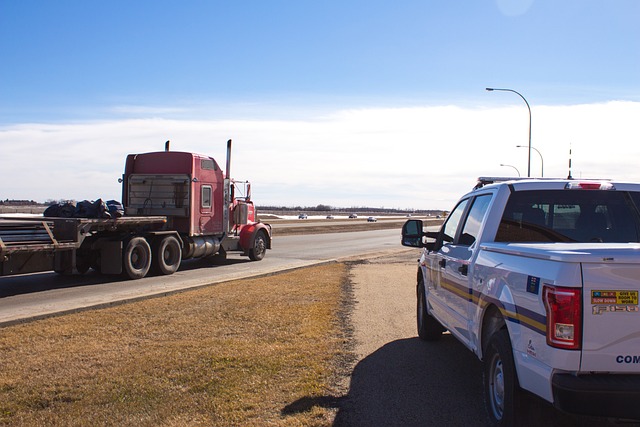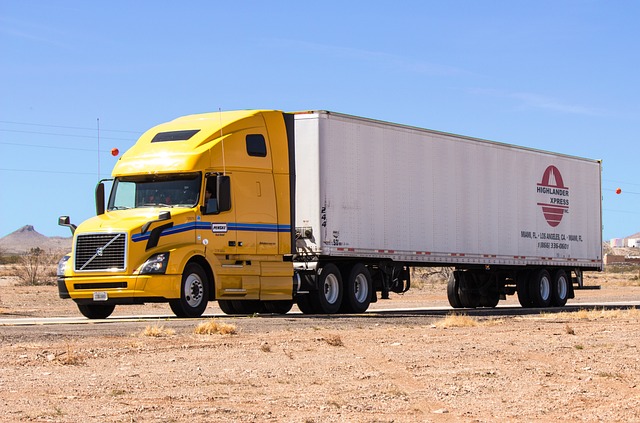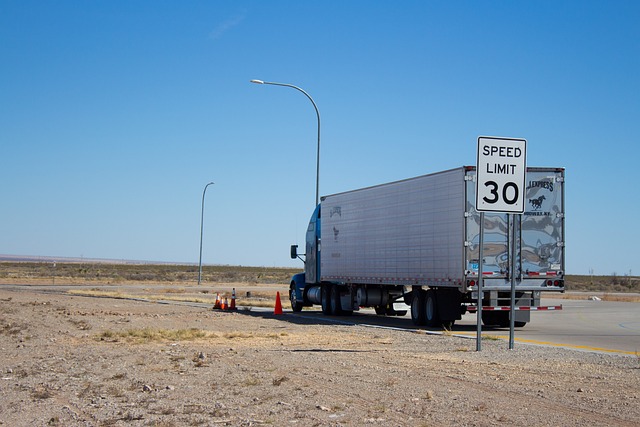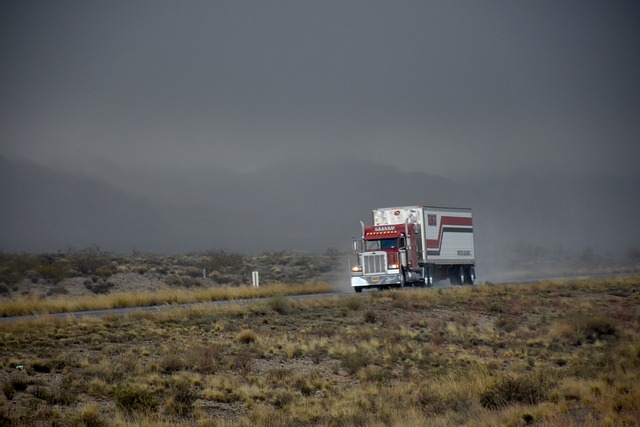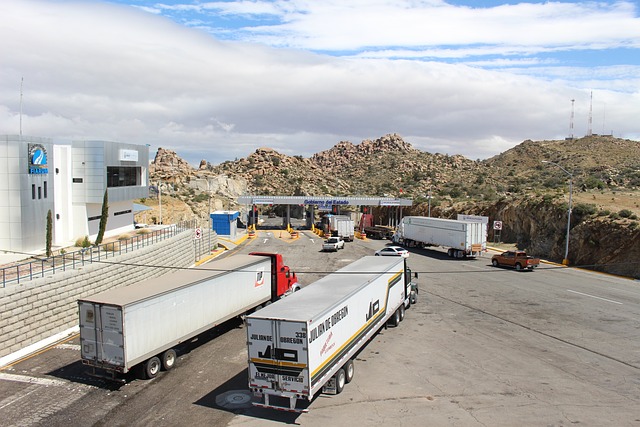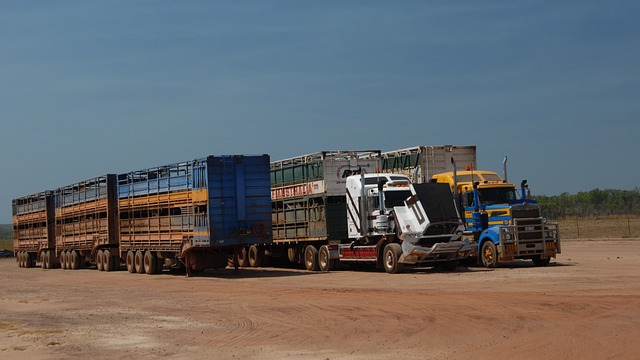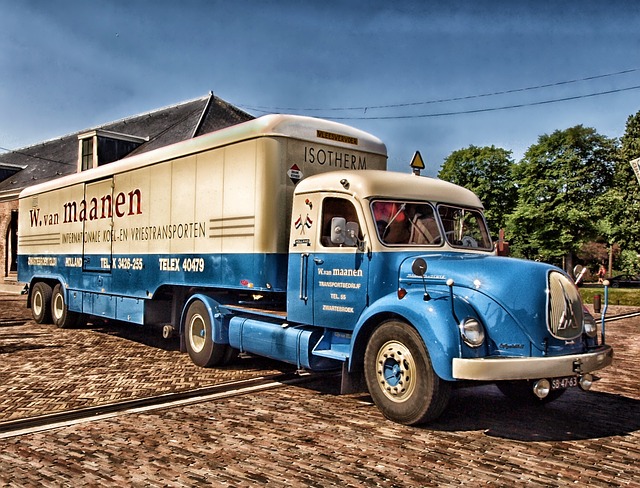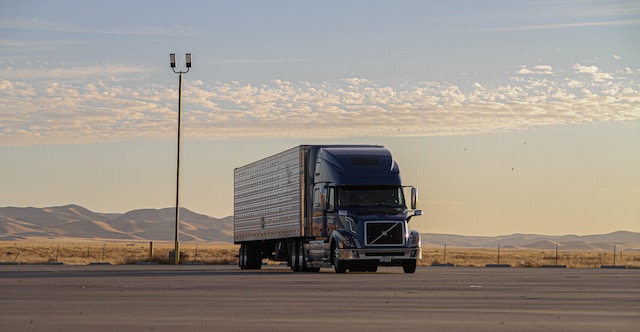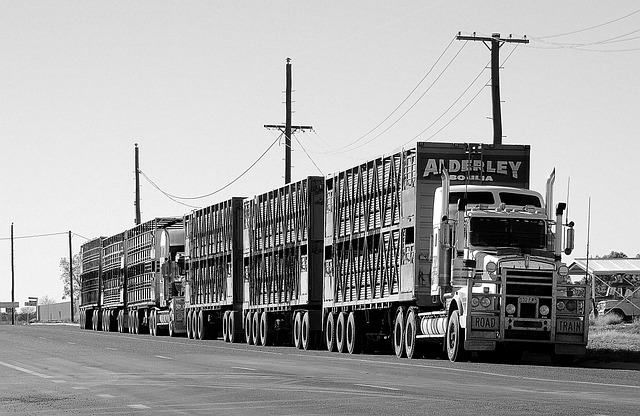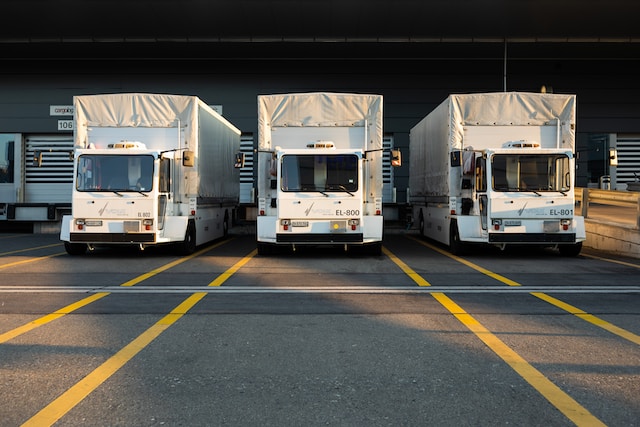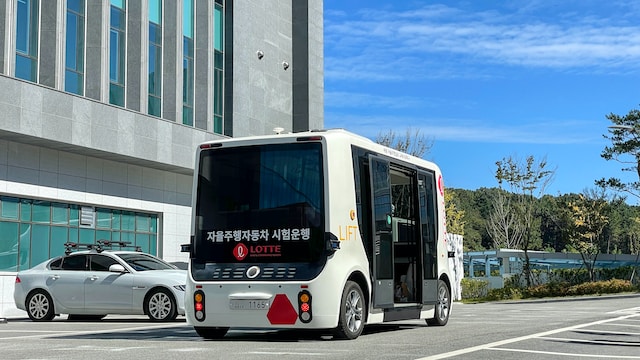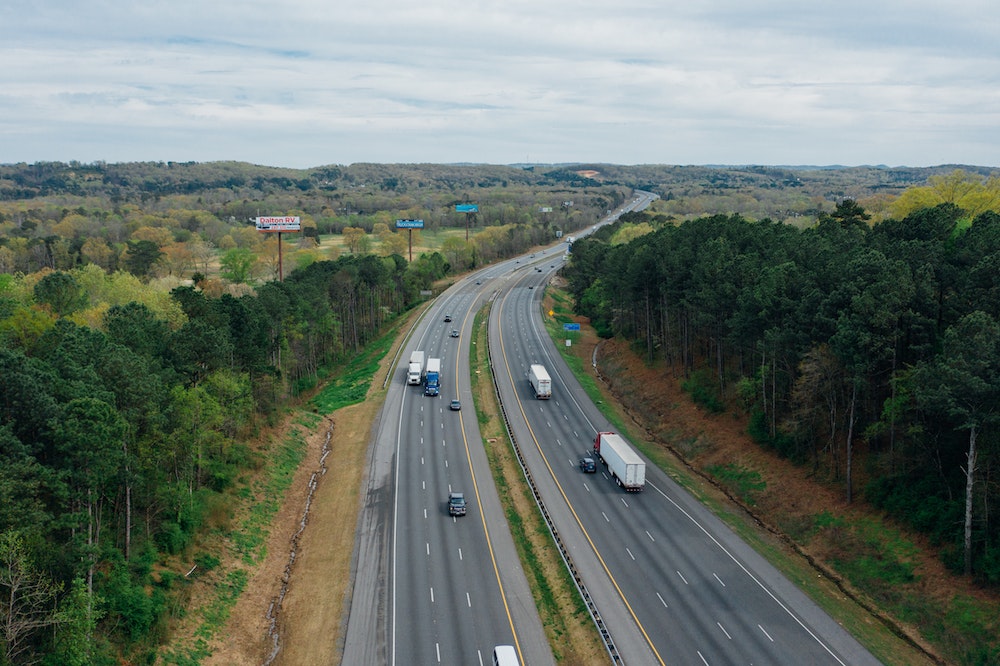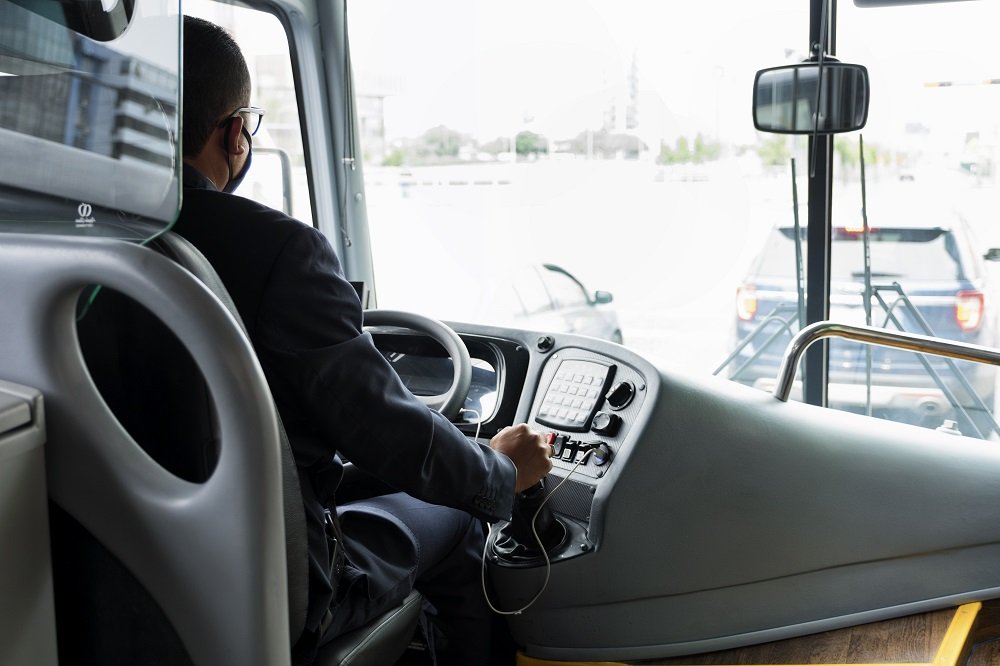If you’re looking to know all you can about commercial vehicle insurance cost, read on.
If your company owns and uses vehicles for business operations, you most likely need commercial auto insurance coverage. It’s legally required in most states.
On average, commercial vehicle insurance costs around $147 per month for each vehicle. You could pay more or less, depending on your type of vehicle, and coverage limits, among other factors.
Learn more about commercial vehicle insurance and its costs below. We’ll also share practical tips to help you save money when getting insurance coverage for your company vehicles.
What Is Commercial Vehicle Insurance
Commercial car insurance is a form of auto insurance designed for vehicles conducting business operations. You and your insurer get into an agreement outlining how the insurance company will compensate you for any financial losses related to an accident.
It’s different from personal auto insurance, although both offer personal injury protection. Personal car insurance policy only covers claims related to non-business use. You can’t rely on this type of insurance coverage if you or your employee needs to pay for any damages after causing an accident.
Without commercial insurance, your business will have to cater for any legal and medical expenses out-of-pocket, which can be expensive.
How Much Does Commercial Auto Insurance Cost
The cost of commercial auto insurance ranges from $50 to $200 per month, per vehicle, averaging out at about $147, as noted earlier. That’s around $600 to $2400 annually for a standard car used for commercial purposes. Other types of commercial vehicles will require you to pay more.
Here’s what you should expect to pay annually to insure different types of business vehicles:
- Box trucks/ Delivery vans: $3,300 to $6,200
- Taxis/ Limousines: $4,000 to $10,000
- Semi-trucks: $8,000 to $12,000
- Commercial bus: $35,000+
Besides the type of business vehicles you own, six other main factors affect how much you’ll pay for commercial car insurance.
Factors Affecting The Cost Of Commercial Vehicle Insurance
Insurance providers use different aspects of your business to set commercial auto insurance rates. Some of these include:
Type Of Coverage
The type of commercial auto coverage you choose will affect your commercial vehicle insurance cost. By law, the basic coverage required in most states is auto liability.
Auto liability is the lowest-cost property damage and bodily injury liability insurance coverage. It helps pay for physical damages to another party’s vehicles or property and their medical expenses when your company vehicle causes an auto accident.
In addition to auto liability, you may purchase any of the following commercial auto insurance covers. Each additional coverage increases your commercial auto insurance costs by a different amount, which varies from one insurance provider to another.
- Collision coverage: Pays for damages to your vehicle after an accident, whether you were at fault or not.
- Comprehensive coverage: Protects your company vehicles against theft and other non-collision damages, like fire, vandalism, and certain weather events.
- Uninsured motorist coverage: Covers vehicle damage and medical costs for victims of an accident caused by someone uninsured.
- Hired and Non-owned liability coverage: Pays for property damage if you use your vehicle or rented car for business purposes.
- Rental reimbursement: This covers the cost of renting a vehicle for a specific period, outlined in your commercial policy
- GAP protection: This covers you if you lose your vehicle before you finish paying it off. You’ll get the difference between your vehicle’s actual cash value and your loan’s unpaid net balance. To learn more about this and other additional coverage options, check out Mission Financial Services’s add-on coverage offers.
Extent Of Coverage
Commercial auto insurance costs for small business owners with several commercial vehicles and drivers are higher than those with one business vehicle and one driver. The more vehicles or drivers you need to insure, the higher the costs will be.
Coverage Limits
When you purchase coverage, you must determine your coverage limits. Most states have a minimum amount of liability coverage you have to meet. In Illinois, for example, commercial auto insurance policy minimums include:
- $25,000 bodily injury liability per person
- $50,000 in bodily injury compensation per accident, and
- $20,000 property damage liability
Often, state minimums are not always enough to cover insurance claims fully. You’ll almost always have to get higher coverage limits for better protection. Higher limits require higher insurance premiums.
Also, these varying state minimums mean that your location affects your commercial car insurance cost.
Deductibles
Most commercial vehicle insurance policies have deductibles – an amount you must pay out-of-pocket for any claim you face. This affects your commercial auto insurance cost. Higher deductibles reduce your insurance rates, while lower ones increase them.
Type of Business
Your primary business activities and the industry you operate in also affect your commercial auto insurance costs. You’ll pay more to insure vehicles constantly on the road and those operating in industries considered high-risk for accidents. The type of cargo you haul and the distance or miles you cover also contribute to your cost of commercial auto insurance.
For instance, commercial car insurance costs for trucks transporting hazardous materials are higher than for pick-up trucks used for delivery services occasionally.
You’ll also pay more if your company drivers make interstate trips or travel long distances.
Employee Driving Records
When calculating commercial car insurance policy rates, auto insurance companies review your employees’ driving records. Your commercial auto insurance cost might be higher if you have a history of speeding tickets, accidents, or other traffic violations.
In contrast, if all your drivers have a clean driving record, you’ll enjoy lower commercial auto policy rates.
How To Save Money When Getting Commercial Insurance
- Choose high deductibles. As mentioned earlier, higher deductibles lower your commercial auto policy rates. You’ll save money on cheaper monthly premiums.
- Vet your drivers and maintain a good driving record. Vetting your drivers ensures they have clean driving records, so you get cheaper commercial vehicle insurance rates. To keep these rates low, motivate your drivers to continue driving safely by offering incentives, including bonuses.
- Install driving GPS trackers. You will likely qualify for huge discounts if you install trackers and observe other safety measures, like parking in a secure location. In addition to protection against theft, GPS tracking helps you monitor your drivers while on the road. Insurance providers interpret this as a safe driving practice and will offer lower rates.
- Check your company vehicle safety features. As a standard practice, commercial vehicle insurance companies base their rates on the safety features of your company vehicle. These features include automatic brakes, airbags, and rearview cameras. The safer your car is, the lower your commercial car insurance costs and the more you’ll save.
- Bundle your vehicles as a fleet. If your business owns several vehicles, bundle them as a fleet. Some insurance providers offer discounts for fleets.
- Pay your premium upfront. Most commercial auto insurance companies offer discounts when you pay your annual dues in a lump sum.
Conclusion
Commercial car insurance is a must-have if you use your vehicles for work. It’s a safety net for your business, preventing you from spending thousands of dollars in settlement and other costs in case of an accident.
To get the best commercial auto insurance, evaluate your business needs first. You want to get the best auto insurance coverage without buying more than your business requires.
Once you understand your business needs, compare multiple commercial auto insurance quotes. Read the fine print of each quote to understand what’s covered, how much it costs, and whether it aligns with what you’re looking for.
Check out our blog to learn everything you need about commercial insurance for small businesses.



